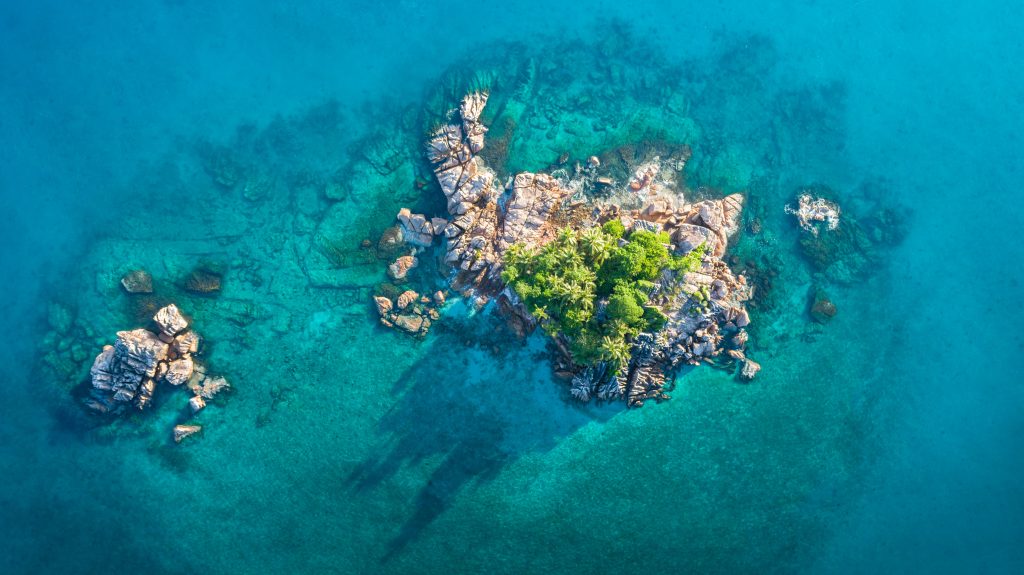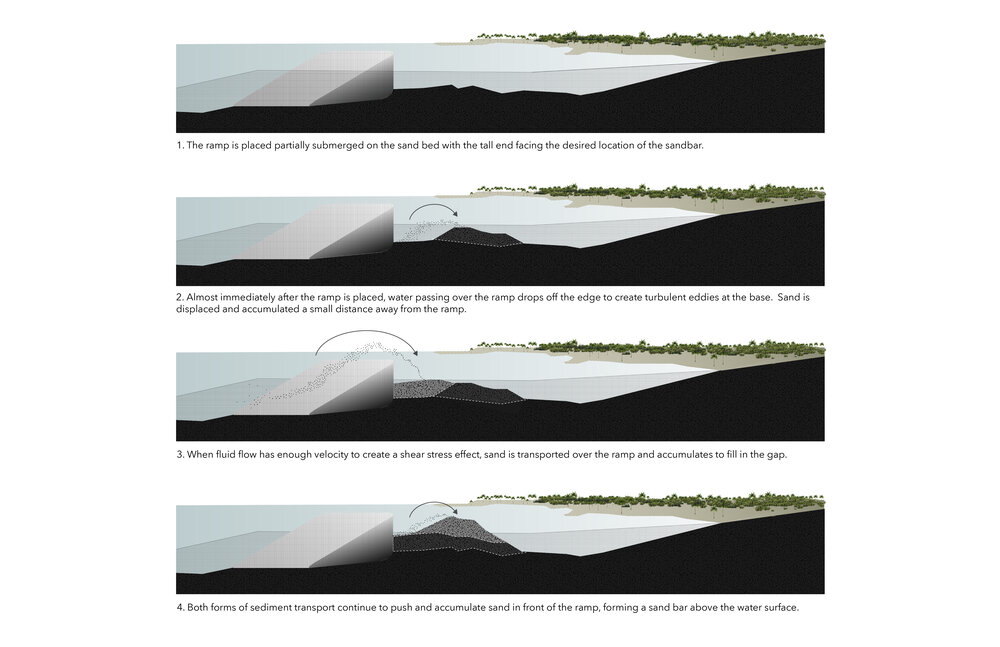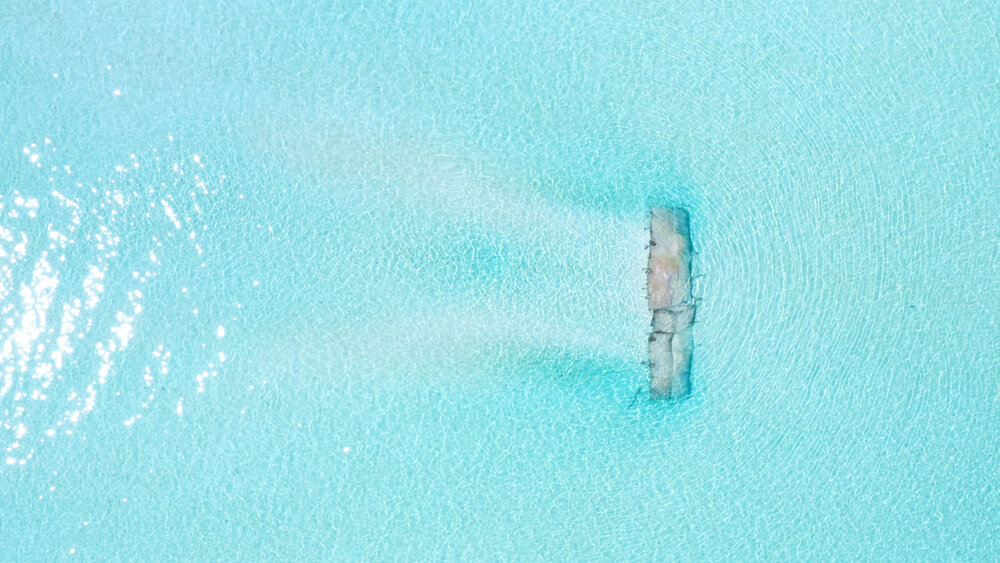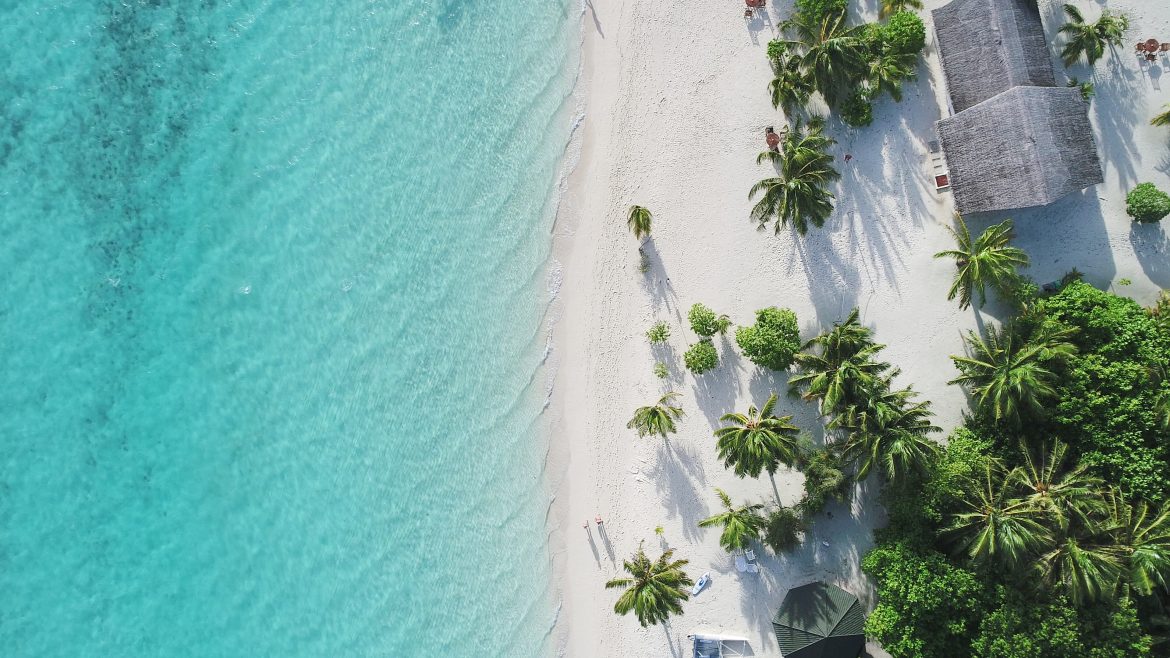Starting in 2017, a team of scientists and researchers embarked on the Growing Islands project. This project has continued in the following three years to identify and test a potential way to mitigate the effects of sea level rise on island and coasts, hoping to protect both ecosystems and coastal populations in as natural a way as possible. This team, a partnership between the Massachusetts Institute of Technology (MIT)’s Self-Assembly Lab and INVENA, an organization based in the Maldives focused on conservation technology to protect low-lying island nations, aims to harness wave energy and study sand dispersions to “work with the forces of nature, harnessing them to build rather than destroy.”
What exactly are we talking about here?
“Sea level rise leads to coastal erosion, inundations, storm floods, tidal waters encroachment into estuaries and river systems, contamination of freshwater reserves and food crops, loss of nesting beaches, as well as displacement of coastal lowlands and wetlands. In particular, sea level rise poses a significant risk to coastal regions and communities.” – United Nations
While rising sea levels will affect everyone, coastal communities and island nations will feel the impact sooner and more intensely. According to the National Oceanic and Atmospheric Administration (NOAA), 40 percent of the population in the United States resides in the 10 percent of land that make up the nation’s coastal counties. That means approximately 127 million people in the U.S. alone are threatened by rising sea levels, coastal erosion, and other threats to coastal ecosystems. And sea level rise impacts the entire planet. Ten percent of the world’s population live in coastal areas that are less than 10 meters (≈ 33 feet) above sea level, the United Nations reports.

Rising sea level can also increase the intensity of hurricanes, typhoons, flooding, and other environmental disasters, affecting both coastal and inland communities and leading to forced climate migration.
What is Growing Islands Proposing?

The MIT Self Assembly Lab and INVENA are proposing that moveable submersible devices, called “bladders”, can serve as artificial reefs to “naturally and sustainably reshape sand topographies using the forces of nature.” Depending on the season and the weather, the bladders would be moved to rebuild different parts of the island or coast. One of the goals is to more naturally develop coastal protection from flooding, as opposed to more traditional methods such as building bulkheads or sea walls. While those methods can be effective, they can often block access to the water, affecting both land and marine wildlife and vegetation. These submersible devices are hoping to complement wave energy without permanently installing ‘man-made barriers’ or ‘continual dredging and destruction of natural habitats.’
The process involves the formation of sandbars to protect islands and coasts at strategic times of the year. Ocean waves cause this process naturally, with sandbars forming at different times of the year in different locations. What Growing Islands hopes to accomplish is to focus wave energy to accumulate these sand masses to cushion coasts depending on the weather and the season. Their past experiments in the Maldives, a process involving local historians and INVENA, have begun studying how sand accumulation more naturally impacts the ecosystem than dredging and how weather changes the dispersion of sand. With the second field experiment occurring at the end of last year, the team is hoping to experiment in locations across the world in the coming years. Check out the full project here!

Nature has its own protection systems in place – the water cycle, clouds, seasons, tides to name a few – but they are being thrown for a loop due to human-caused climate change. By learning what we can from the systems that have shaped and protected ecosystems for centuries, maybe we can create new ways of adapting and mitigating the most destructive consequences of climate change. Perhaps catching some waves and watching how weather and sand interact is a step in the right direction to discovering more sustainable and less intrusive ways of protecting the environments we rely on.
 Food
Food Farmers
Farmers Sustainable Living
Sustainable Living Living Planet
Living Planet News
News